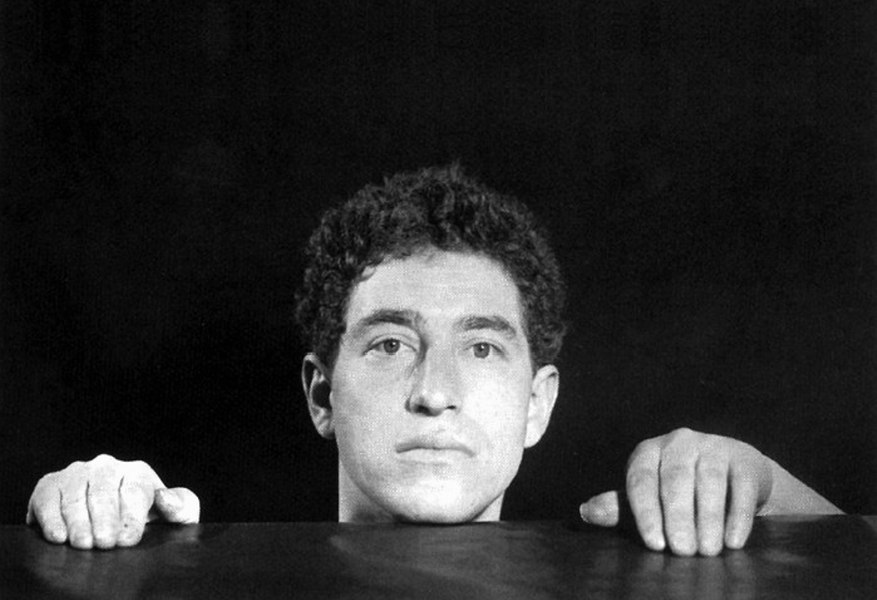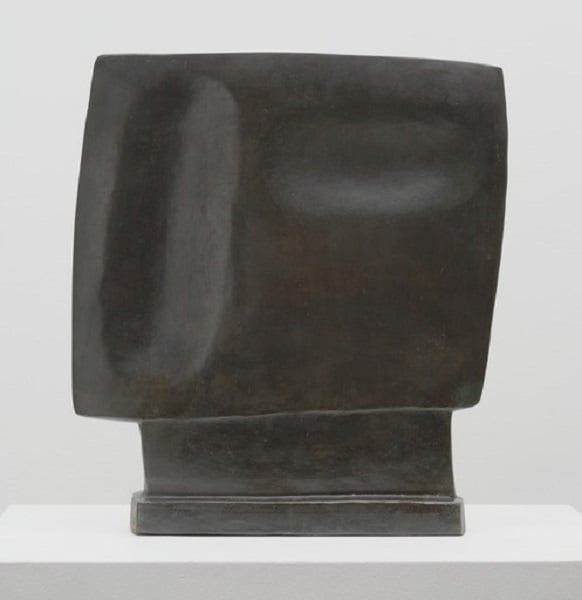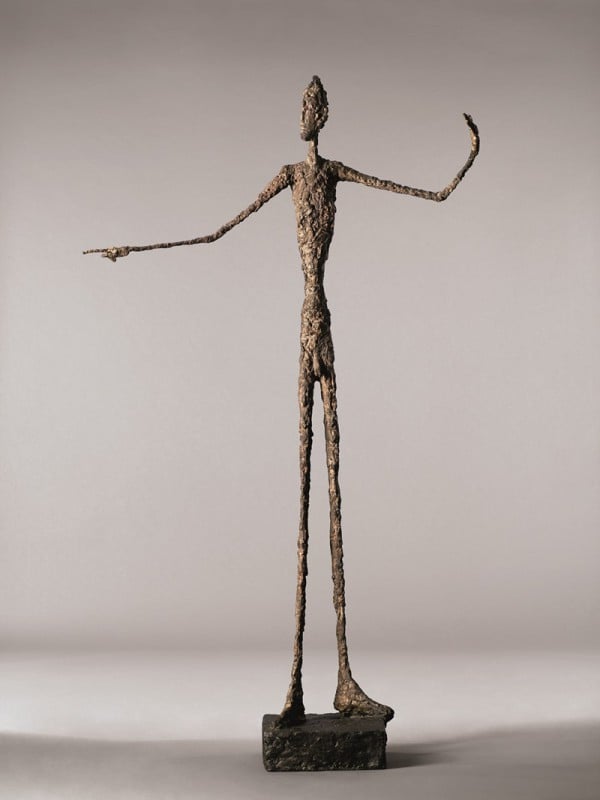
Photo: via MoMA

Alyssa Buffenstein

October 10, 2015 would have been Swiss artist Alberto Giacometti’s 114th birthday, had he not fallen into the great existential void on January 11, 1966. The painter, sculptor, draughtsman and printmaker is probably best known for his elongated sculpted figures, but we’ve put together a list of some lesser-known facts about the artist in honor of his birth.
1. His godfather was Cuno Amiet.
He came from a family of artists. From the age of 14, Giacometti’s father, post-Impressionist painter Giovanni Giacometti, encouraged young Alberto to paint and sculpt. His godfather was the expressionist painter Cuno Amiet, and his brothers, Diego and Bruno, were creative, too; the former was a sculptor, designer, and sometimes-collaborator of Alberto, and the latter was an architect.

“Gazing Head” by Alberto Giacometti, 1928-29.
Photo: via MoMA
2. He was booted by the Surrealists.
In 1931, Giacometti officially joined the Surrealist movement and was an active member until early 1935. His work, shifting from sculptures like Gazing Head (1928) to his later attenuated, overworked figures, began to fit less and less within the parameters set by André Breton’s Surrealist Manifesto, so the exclusive clique had to give him the boot.
3. He was a close friend of Jean-Paul Sartre.
The artist met the existentialist while living in Paris during World War II, when he also ran in the same circles as Simone de Beauvoir and Pablo Picasso. On the occasion of a 1948 retrospective of Giacometti’s work at New York’s Pierre Matisse Gallery, the philosopher wrote a catalogue essay interpreting the artist’s work as an aesthetic representation of the angst and alienation present in modern life.

Alberto Giacometti by Henri Cartier-Bresson.
Photo: via Wikipedia.
4. He rose to fame after being awarded the main prize for sculpture at the 1962 Venice Biennale.
The French government invited Giacometti to show in their pavilion at the 1956 Biennale, but by 1962, Giacometti had his own exhibition space. Already gaining international momentum, the prize solidified his worldwide acclaim.
5. He breaks his own auction records.
In February 2010, Walking Man 1 (1961) sold at Sotheby’s for a record-breaking $104.3 million, then the most expensive piece of art ever sold at auction. Other works supplanted that record, but it held the title for most valuable sculpture until May 2015. The record was, predictably, broken by none other than Giacometti’s Pointing Man (1947), which sold for $141.3 million.

Alberto Giacometti, Pointing Man (1947), the most expensive sculpture ever sold at auction.
Photo: Courtesy Christie’s.